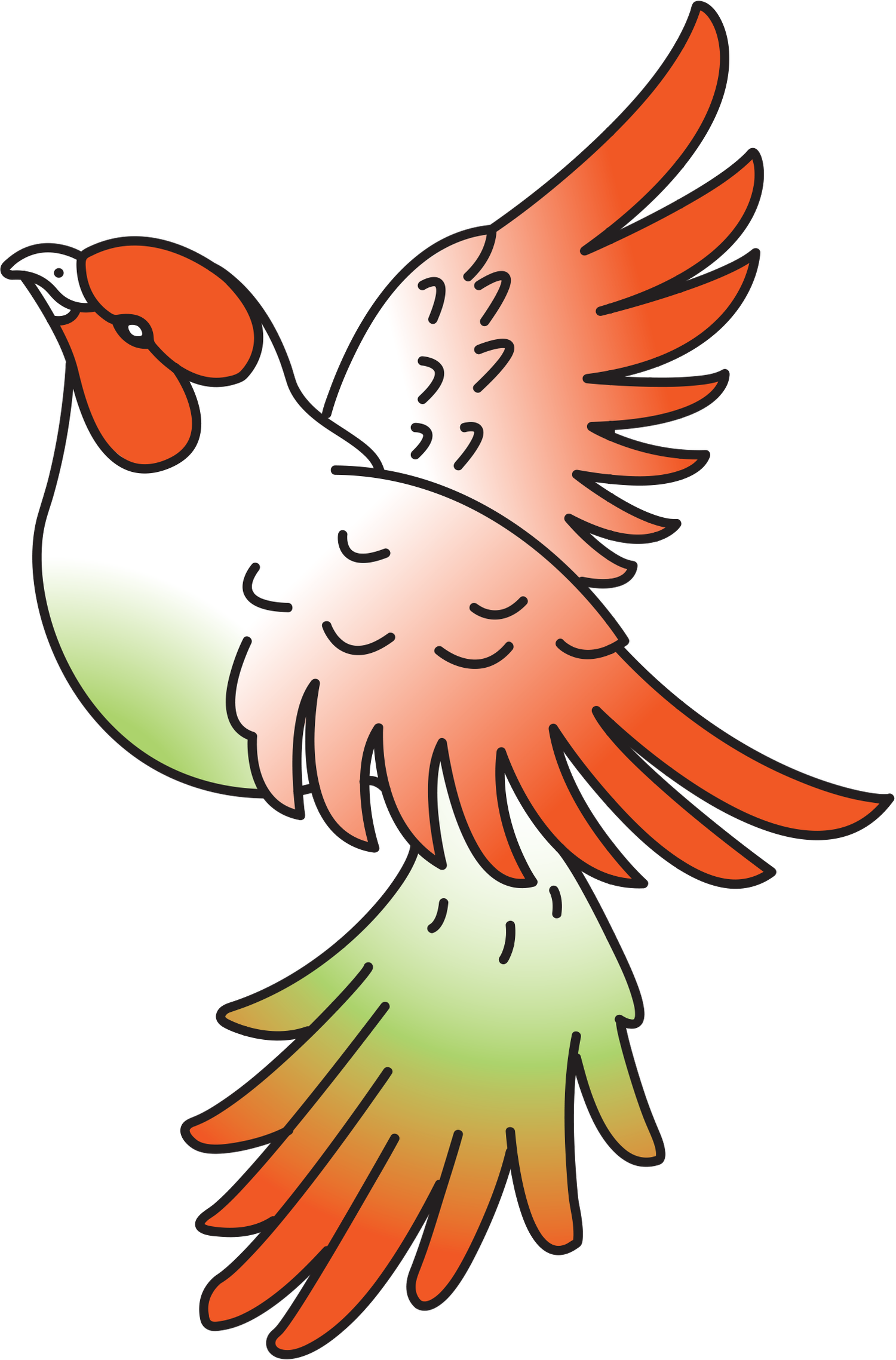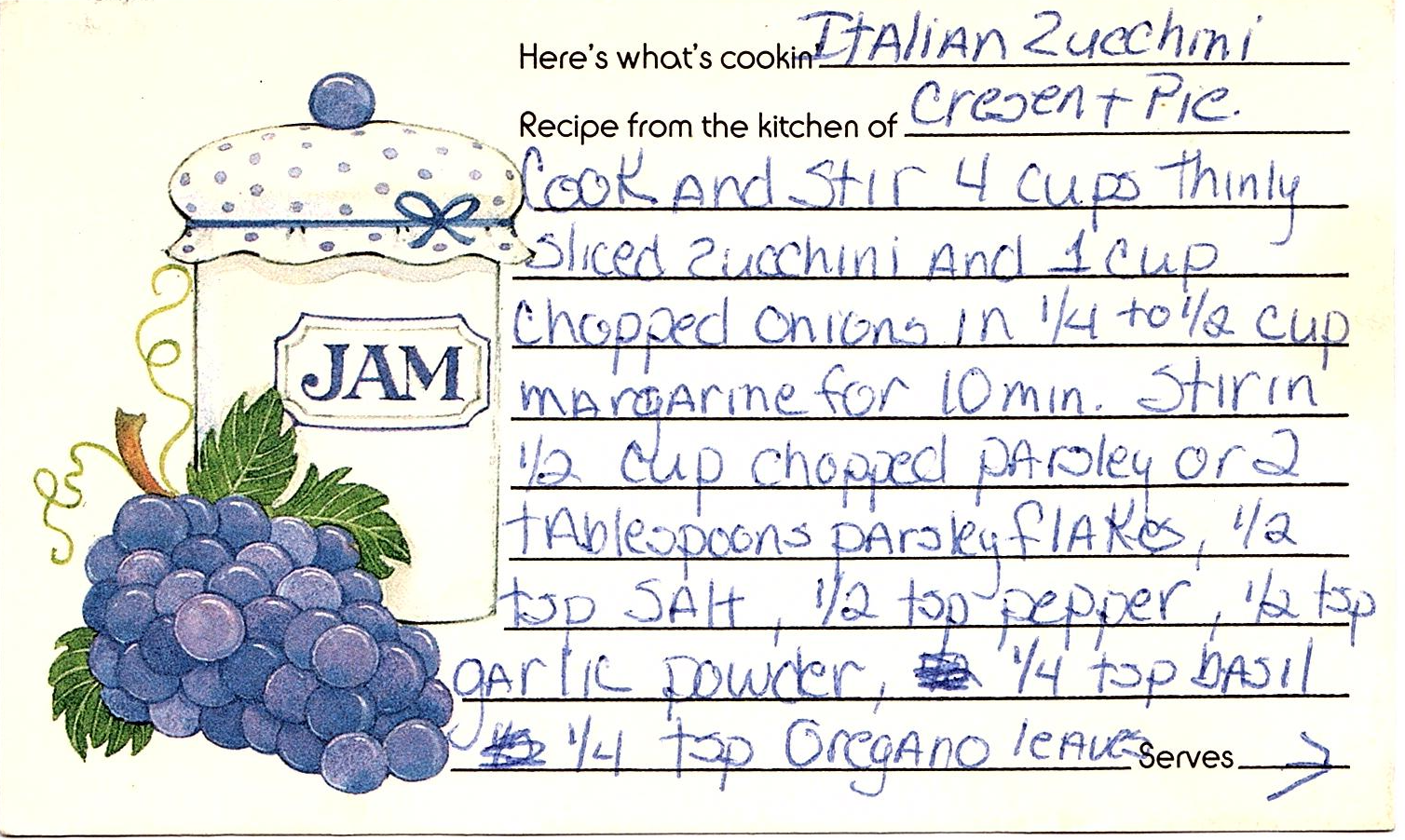The Recipe | La receta
When was the last time you shared a recipe with someone? And how did you share it?
My grandmother’s recipe box is packed from front to back. The number of recipes makes it seem like recipe sharing and collecting was an everyday thing. In the decades when she collected these recipes, sharing ingredients and directions for a favorite meal with a friend, relative, or coworker, happened mainly in two ways: my grandmother and her friends shared a handwritten or typed recipe on a piece of spare paper or on a customized recipe card, perhaps one with the header “From the Kitchen of___”, like the one I’ve shared below; or, she might have called a friend and jotted down the recipe herself. In her recipe box, these intimate documents comingle with all the magazine, newspaper, and processed food box cutouts she also collected.
Today, if you’re beholden to print and handwriting, you might continue to share and collect recipes like she did. But in my lifetime, the media we use to share recipes has multiplied, moving recipe sharing from print culture to digital culture: emailed recipes, text messaged hyperlinks to websites or apps, and blogs have, in some kitchens, completely replaced the handwritten or print recipe.
For some, the recipe box is now shelved in the cloud.
Italian Zucchini Crescent Pie. One of many recipes my grandmother received from her Italian American friends.
Yet, whether we continue this centuries-old practice using print or digital media or both, one condition remains constant: recipes exist because someone shares and someone else receives.
The acts of giving and receiving, as noted by cultural studies scholar Susan J. Leonardi, are implicit in the word recipe.* This is because the Latin etymology of receipt (an older word for “recipe”) referred both to the written object, a “statement of ingredients in and formula for making a potion or medicine”, and to “the act of receiving.”** In other words, a recipe is both a noun (object) and a verb (action).
As a Spanish speaker, I should have realized this a while ago! Although in contemporary English usage, the word recipe has lost its action, mostly referring us to the textual object, in Spanish, we continue to use the word receta as a verb: recetar. But it is only used in this way in the medical context, like prescribe in English. It’s what doctors do, not friends or relatives. To me, this highlights the intimacy and reciprocity implicit in the exchange of a recipe.
Even when we’re giving the recipe to a new acquaintance, this usually happens after sitting down to eat together or, at the very least, after sharing the experience of a favorite dish, usually with someone who will understand our own love for it.
Through these reciprocal acts, we share and receive knowledge and pleasure, and we integrate the taste, traditions, and flavors of someone else’s family, culture, or of a professional cook to our own repertoire of meals and treats.
Recipes connect us. This is one of the reasons why I turned to my grandmother’s recipe box to understand how she sought connection as she came to be rooted in the USA. Her small archive tells a story of how, as her American friends shared their recipes with her, she integrated their flavors, taste, and traditions to her own. In turn, my grandmother, mother and uncle, shared their own Mexican recipes with the many Pittsburgh friends who adopted them as family.
The recipe box is, among other things, a record of reciprocity between friends, neighbors, coworkers, and new acquaintances, open to getting to know each other through the intimacy of a shared meal or treat.
Works Cited:
Susan J. Leonardi. “Recipes for Reading: Summer Pasta, Lobster à la Riseholme, and Key Lime Pie. PMLA, vol. 104, no. 3, 1989, pp. 340-347.
For more on the rich history of recipes, explore the Early Modern Recipes Online Collective (emroc) project.
If you’ve read this far, I hope you’ll continue to follow as I delve deeper into the project. I’ll be posting once a month.
If you subscribe, you’ll receive a monthly-or-so newsletter where I’ll share progress details, what books I’ve been reading or movies I’ve been watching related to the project, and from time to time, a sneak peek of the project visuals.

